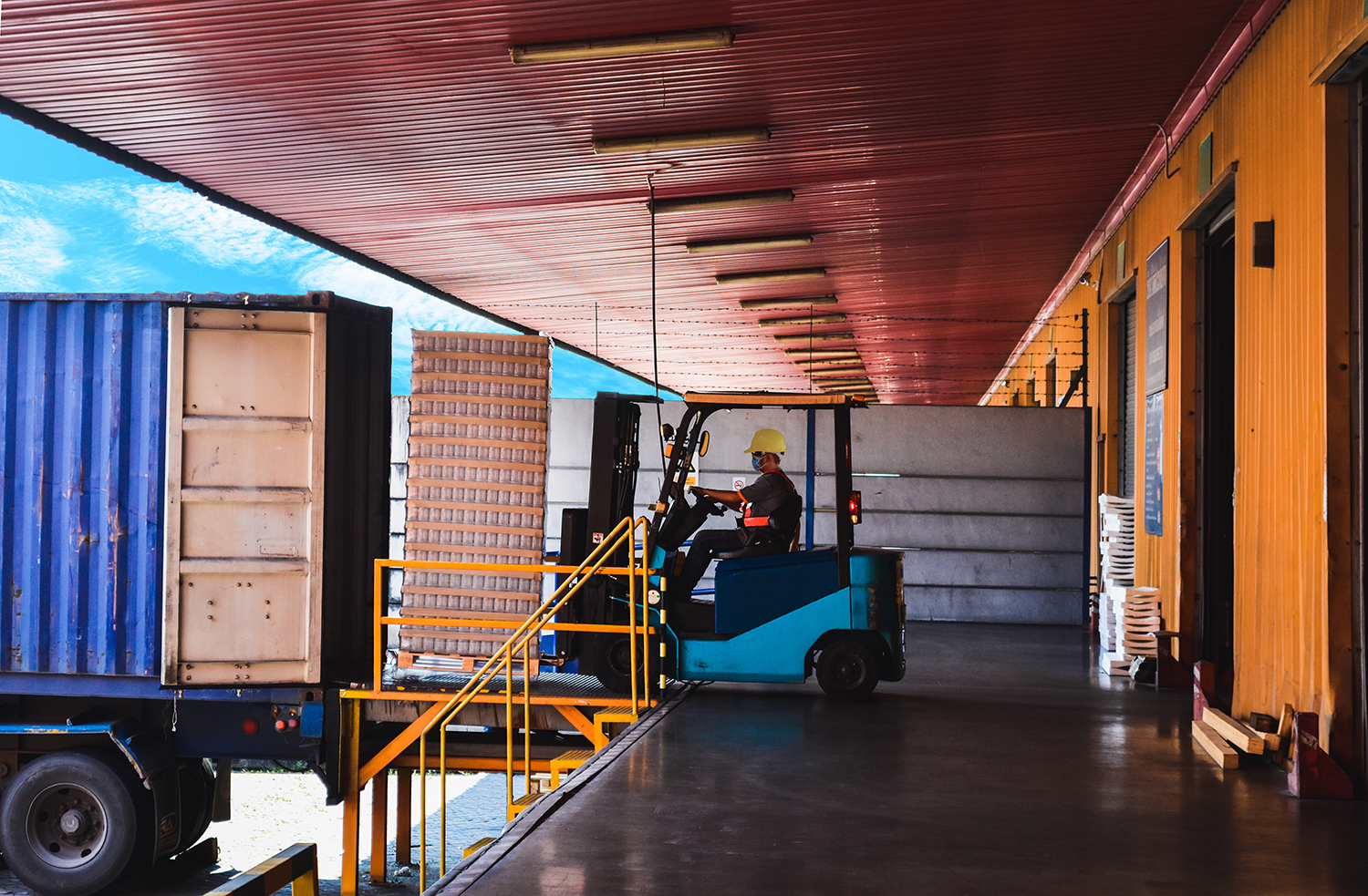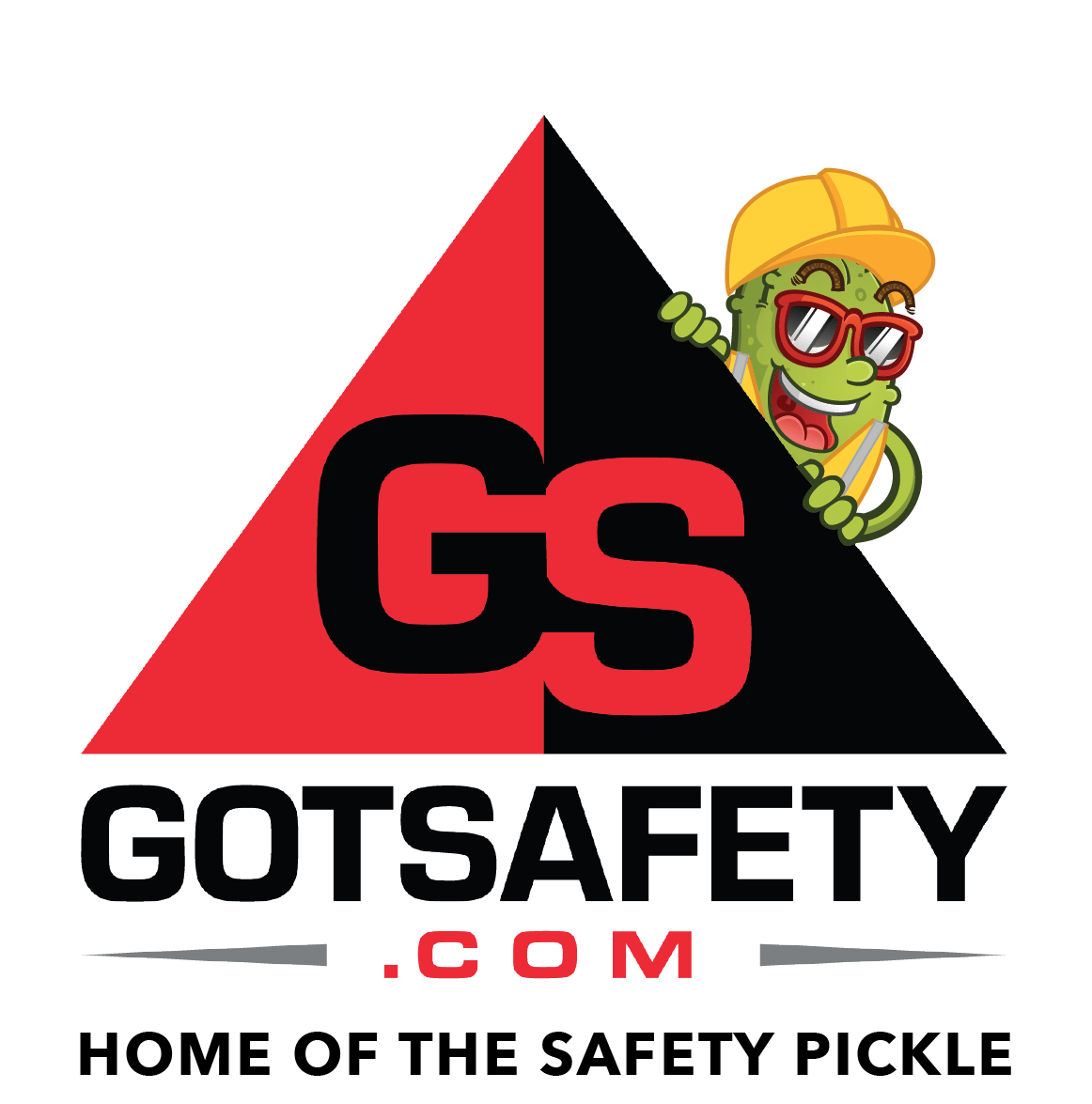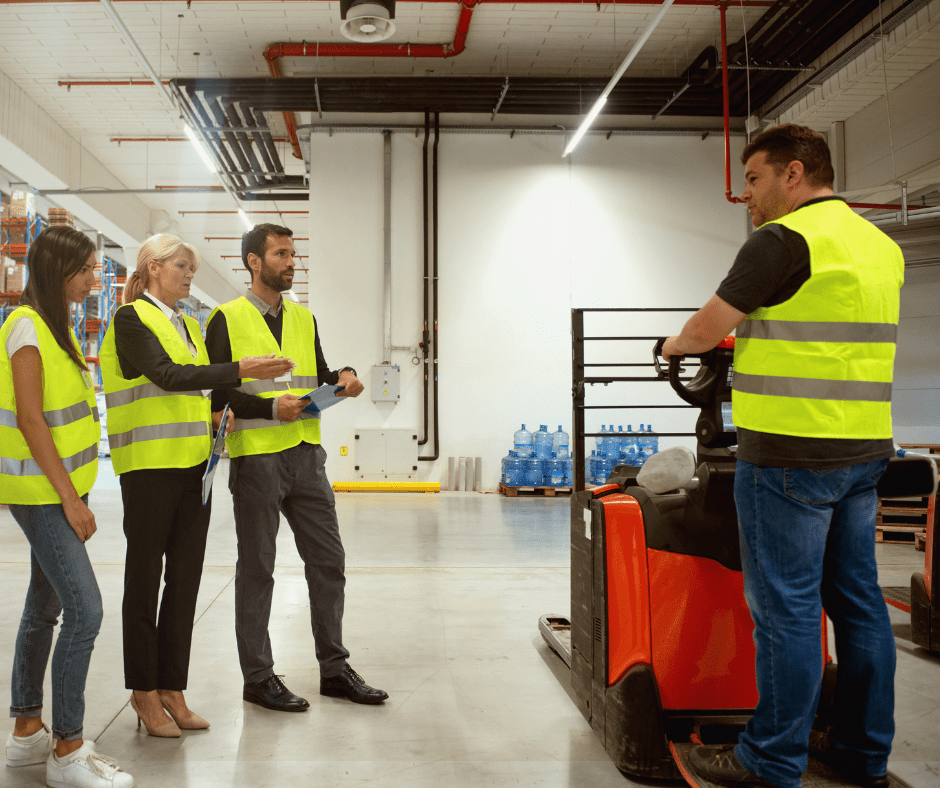5 Warehouse Safety Tips
Warehouses can be very busy places with multiple high-priority jobs going on all at once. Employees may be tempted to cut corners on safety to save time in this fast-paced environment but doing so may be very dangerous. According to the U.S. National Safety Council, workplace injuries cost American businesses more than $170 billion annually. The following tips will help reduce workplace injuries and help your company avoid costly citations.
Preventing Slips, Trips and Falls
The National Safety Council reports that slips and falls are the leading cause of death in the workplace and are often the cause of disabling injuries.
Slipping is when you lose your footing, tripping is when your foot is caught on something, and when you come down fast, is falling. Common causes of slips, trips, and falls are rain, snow, rugs, step ladders, and debris.
Slips, Trips and Falls can be avoided by:
- Keeping all work areas clean and orderly
- Ensuring all floors are clean and free of debris, holes, cracks, or loose boards
- Keeping passageways and aisles clear with no obstructions
- Keeping permanent aisles and passageways marked clearly
- Using mats or runners where the floor can become slippery
- Using warnings to identify slip/fall hazard areas
- Making sure all working areas are well-lit
- Walking slower on uneven surfaces

Personal Protective Equipment (PPE)
Personal Protective Equipment is an essential part of any warehouse workplace. It is designed to keep employees safe from physical harm or workplace hazards. There are many types of PPE, and lack of wearing it could lead to extremely dangerous and life-threatening situations. Some of the most common hazards that PPE is designed for is impact, compression, temperature, noise, chemical, light/radiation, electrical, and more.

Some types of Personal Protective Equipment include:
- Safety Goggles and Glasses
- Shields
- Hard Hats
- Safety Shoes
- Gloves
- Vests
- Ear Plugs
It is extremely important to know what risks are involved in your workplace and to wear PPE accordingly. Many workplace injuries can be avoided if the proper PPE is in place.
Safe Lifting
One major safety risk while working in a warehouse is improper lifting. Back injuries are considered one of the most painful and costly problems plaguing the workplace today.
Unfortunately, many workers will ignore proper lifting techniques because it is commonly more comfortable to lift with their back. We recommend being vigilant in your training and showing your employees the long-term damage, they could do to their backs.
Back injuries can be avoided by:
- Planning before lifting
- Lifting close to your body
- Feet shoulder-width apart
- Bending your knees and keeping your back straight
- Tightening your stomach muscles
- Lifting with your legs
- If you’re straining, get help
- Wearing a belt or back support
With proper training, injuries from lifting in the warehouse can be avoided.

Forklift Safety
A common vehicle in most warehouses is the forklift. It is an extremely powerful tool when used properly and safely. In the warehouse setting, forklifts are often used to move crates and boxes, and to remove stock from shelves.
While forklifts are an extremely powerful tool, they are also dangerous without the proper training. It is estimated that nearly 100,000 workers are injured yearly because of improper training and carelessness.

Along with proper training and certification, we recommend the following:
- Always wear a seatbelt
- Drive slowly, with your eyes open, watching for pedestrians and obstacles
- Take turns slow and wide
- Take precautions when refueling or handling batteries
- Do not overload a forklift
- Do not use a damaged or unsafe forklift
Here at GotSafety, one of the many services we offer is Forklift Operator Certification and Forklift Train-the-Trainer Certification. To find out more details, give us a call at 800-734-3574. This service is available only in CA, NV, AZ & UT.
Loading Dock
With more than 25% of all industrial accidents occurring at the loading dock, you can understand why loading dock safety is extremely important for any warehouse. They are easily one of the most dangerous parts of a warehouse.
With the loading dock being one of the busiest places in a warehouse, employees are unfortunately at risk of suffering potentially serious injuries. Especially without proper training.
Some of the most common injuries associated with loading docks are slips and falls, overexertion, forklift accidents, and more.
To avoid these injuries, we suggest using these general safety tips:
- Be aware of your surroundings
- Lift only what you can carry without strain
- Lift properly: Bend your knees and lift with your legs to save your back
- Do not operate machinery unless you are certified on the specific equipment and authorized by your company
- Don’t jump off the loading dock or participate in horseplay

By applying safety training, operating equipment properly, stacking loads correctly, and lifting ergonomically, employees can help prevent injuries and accidents in the warehouse.

